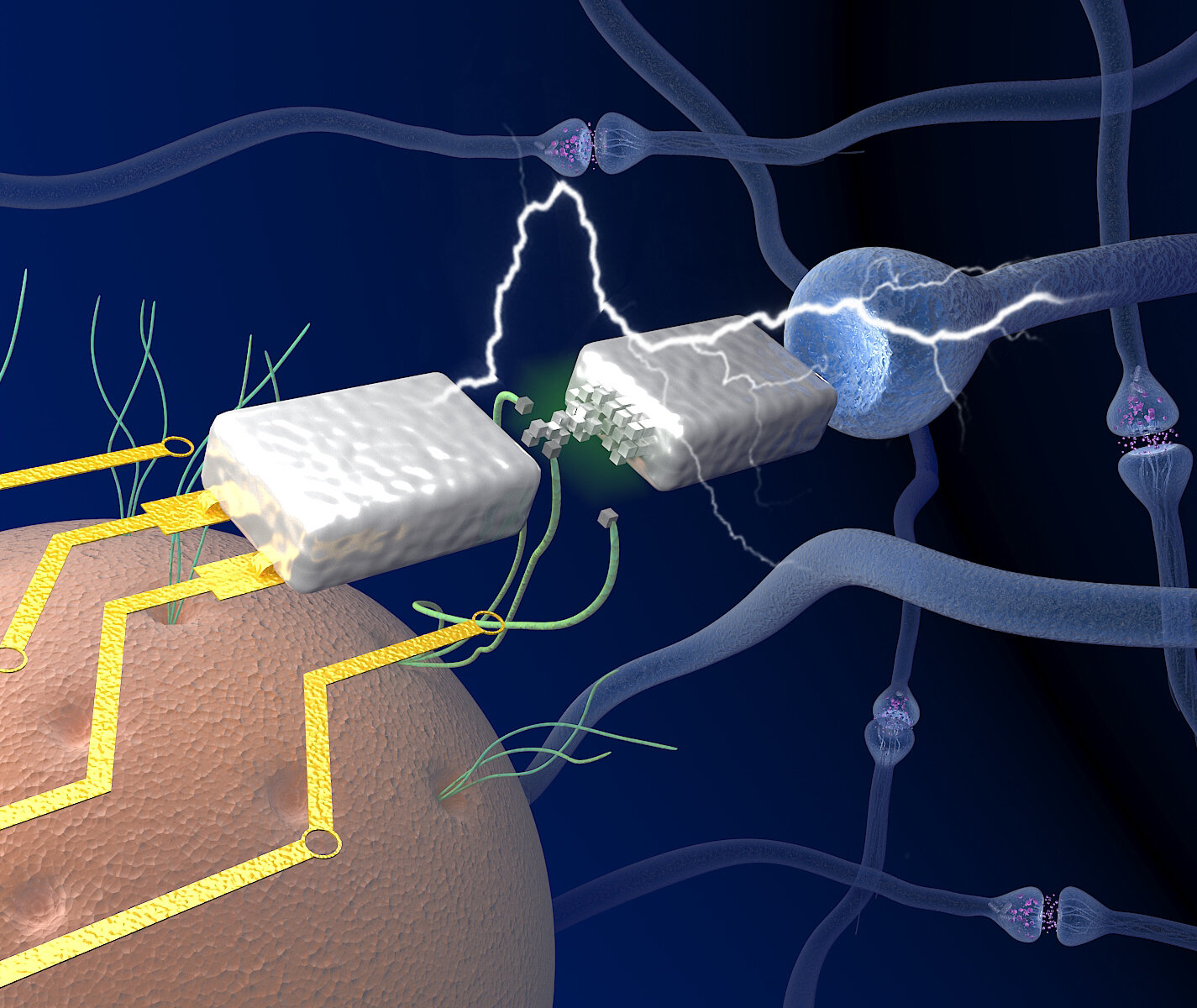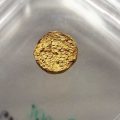
Researchers have used biological conductive threads to create neuromorphic memory transistors (memristors) that operate efficiently at very low power.
One of the main obstacles to developmentNeuromorphic computing is due to the high energy consumption of modern computers operating at a voltage of 1 V, while in the brain 80 mV is enough to transmit signals between neurons. After 10 years of experimentation, a team from the University of Massachusetts Amherst has developed a memristor that performsoperations with ultra-low power consumption.
To create an electronic device, scientistsused protein nanowires from the Geobacter bacterium. Unlike silicon analogues, they are more stable in water and biological fluids, and their production is cheaper and does not require harmful chemicals or high-energy processes.
During experiments with a switchpulse charge through a tiny metal filament in a memristor, it was found that protein nanowires simplify the recovery of metals by changing the reactivity of their ions and electron transfer properties.
In addition, since impulsesOn-off switches cause changes in the metal threads, and new branches and connections are formed in the tiny device, which are 100 times smaller than the diameter of a human hair, creating new connections, reminiscent of the learning process in the brain.
According to the researchers, this allowsmodulate the conductivity or ductility of a synapse with a nanowire and memristor so that it can emulate biological components for computation. Compared to a conventional computer, such a device has a learning ability that is not based on software.
Previously, we also reported on the development of a technology for effectively absorbing energy from a metal by splitting its chemical bonds.
</p>




